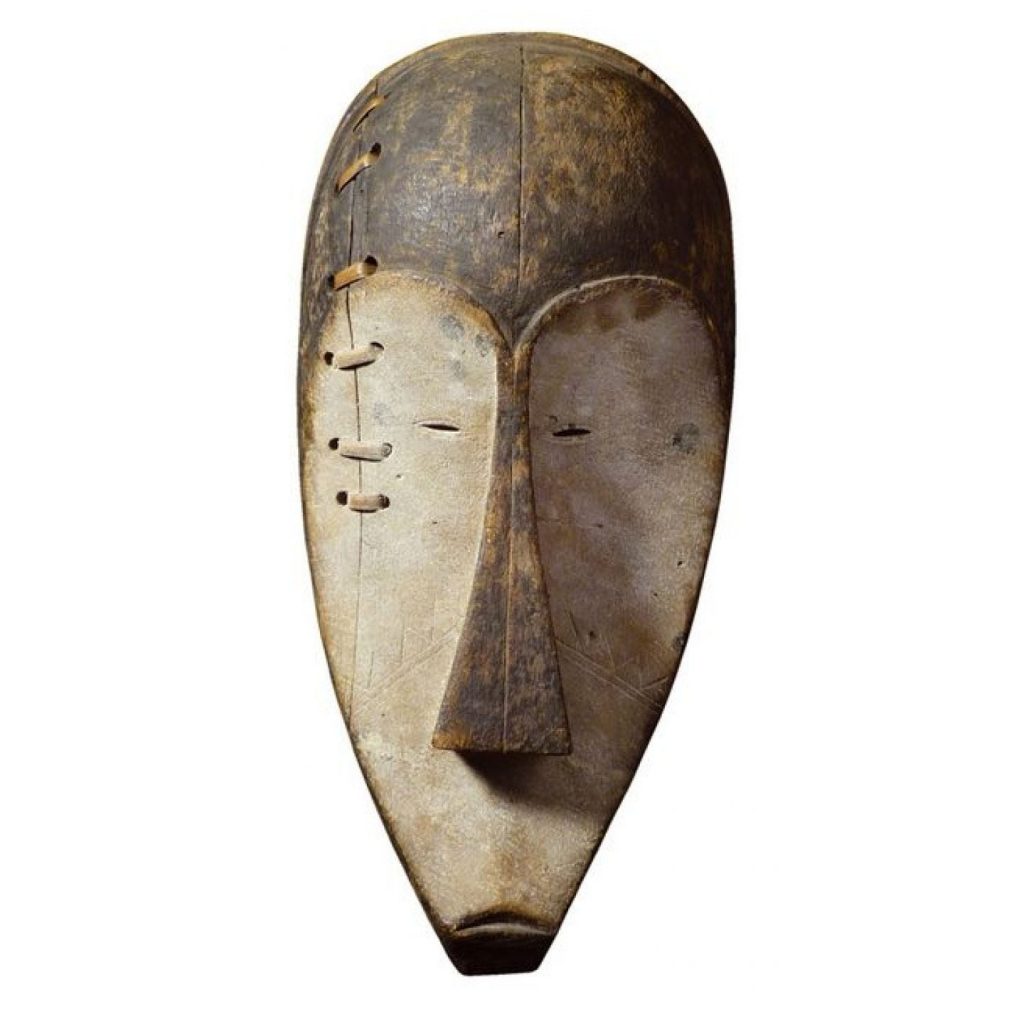The Fang of Gabon, who inhabit Equatorial Guinea and Cameroon, are famous for their Byeri heads and figures. These were made for the Byeri, a family clan that venerated important ancestors by preserving their remains in containers made of bark that was stitched together to form a cylindrical box.
Before one is to assess the value of contemporary West African art forms, one must be made aware of the powerful contributions of African art of antiquity, specifically the impact West African Art has had on the art world prior to the devastation of European colonialism. Ife, Benin, Ekoi, Igbo, Dan, Nok, Yoruba, and Fang are just a handful of the vast contributions West African ethnic groups has had on the world. Starting in the 1870s, thousands of African sculptures arrived in Europe in the aftermath of colonial conquest and exploratory expeditions. They were placed on view in museums such as the Musée d’Ethnographie du Trocadéro in Paris, and its counterparts in cities including Berlin, Munich, and London.
In 1907, Pablo Picasso was introduced to African Art at the ethnographic museum at Palais du Trocadero. The Fang mask in particular was the pivotal icon that not only influenced Picasso’s work, but also brought on the birth of the cubism movement in Europe. Paul Klee, Gauguin, Ernst Ludwig Kirchner, were other European masters to be influenced by early West African Art.
Prior to colonialism, art form in Africa served far more importance than merely aesthetic value; it represented the social, political, economical and spiritual structure of the culture. The subsequent damage from European colonialism — on the culture and people of West Africa — was inconceivable.
Art History 750 is an ongoing study that will be presented periodically on HAF. The 750 reflects the academic numbering system of college and university learning institutions in the West. Typically, undergraduate course studies are indicated by numbers from 100 – 499. Graduate courses range is fro 500 -799. Art History 750 will showcase art historical facts that you will most likely never find on a college or university syllabus.


